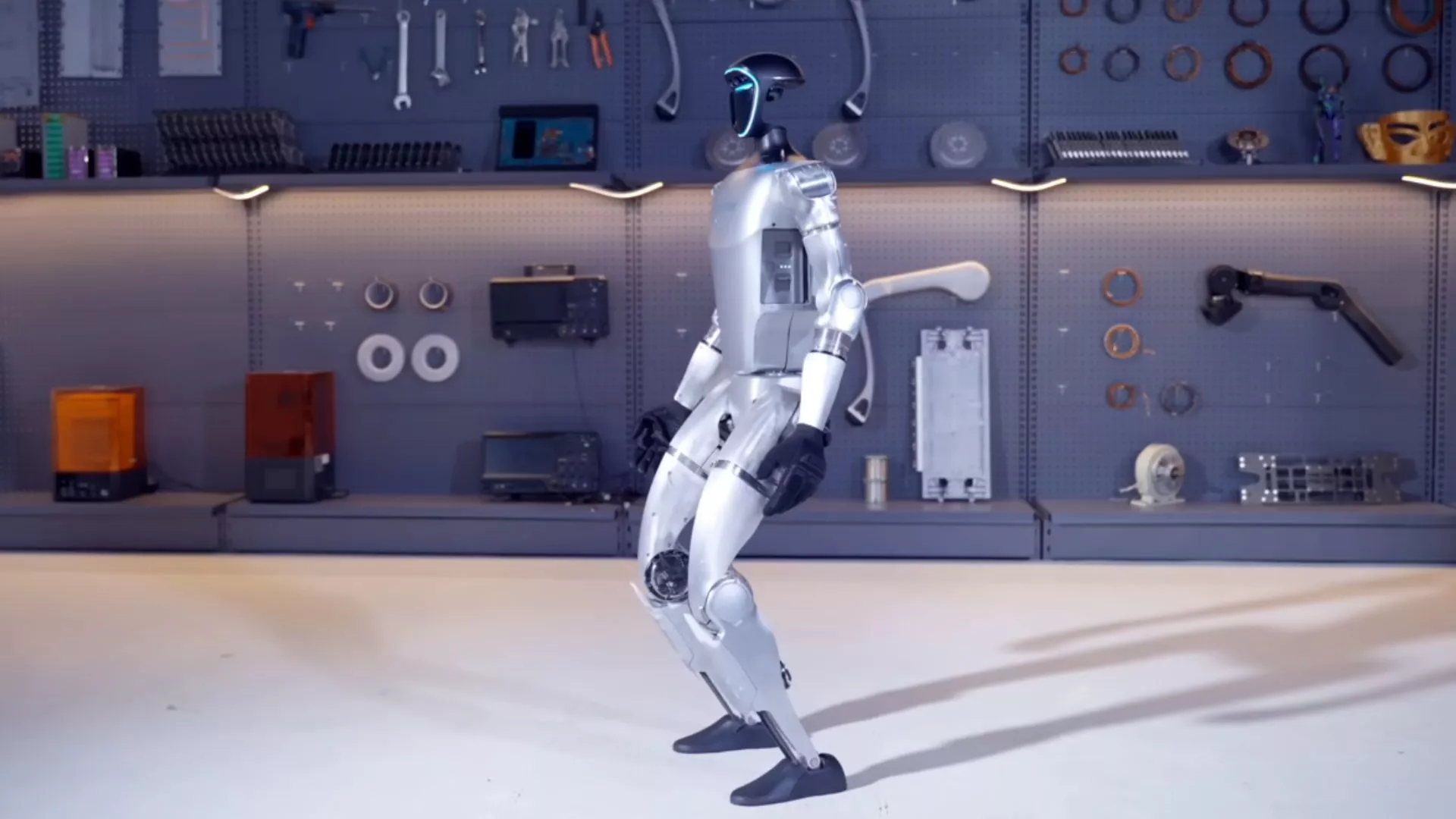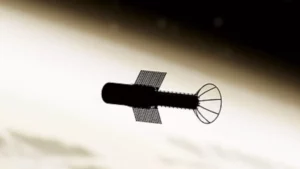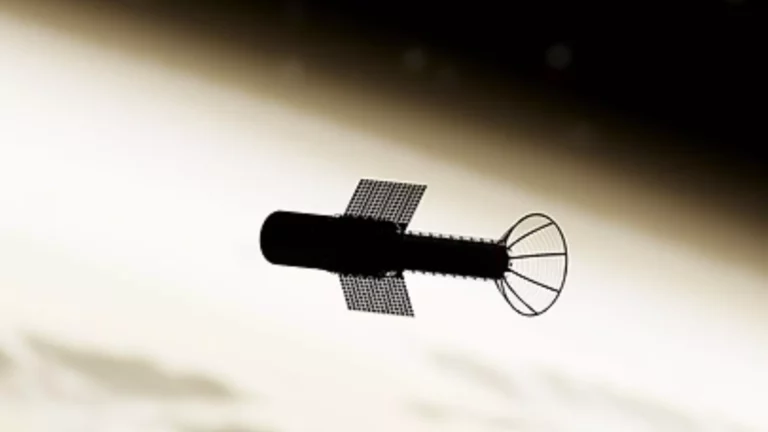Recently, tests were carried out on a solar drone to develop improvements in its use and charging time. Thanks to this, in the near future, drones equipped with multiple rotors could be able to recharge their batteries directly under the sun during their operations , eliminating the need to return to a charging station. This advance has been possible thanks to the successful development of ultrathin solar cells , which were implemented in the quadcopter drone .
Ultra-thin solar cells that extend the autonomy of drones
The current main limitation of drones is their short flight duration, generally limited to about 30 minutes before requiring recharging. This restricts your operations to approximately 15 minutes each direction from your departure point to your destination. Although there is the option of using intermediate charging stations, these still need to be developed and maintained, which would also limit the possible routes of drones to specific routes.
On the other hand, the introduction of solar cells developed by researchers from the Johannes Kepler University in L inz , Austria, represents a promising solution. These cells, made from a semiconductor material called perovskite, are less than 2.5 micrometers thick, equivalent to just 1/20 the diameter of a human hair, and have a 20.1% efficiency in converting sunlight into electricity.





Load time tests
During tests of this technology, researchers equipped a commercial miniature drone, nicknamed Solar Hopper, with a ring-shaped array composed of 24 of these solar cells. This set added just 1/25 of the total weight of the drone. In a controlled environment, it demonstrated its ability to remain in flight for short periods followed by recharging cycles , completing six flight and recharging cycles without problems.
In additional testing, demonstrated a 6% increase in flight time when operating with the solar array connected. Although the increase seems modest, it is significant given that the technology is designed to allow stopping and recharging anywhere with access to sunlight, rather than continuous in-flight recharging.
The application of these solar cells extends beyond aviation
Solar cells implemented They have a 20.1% efficiency in converting sunlight into electricity and are less than 2.5 micrometers thick. Christoph Putz, one of the lead researchers, points out that this technology has the potential to transform not only the aerospace industry, but also other sectors such as portable electronics and home Internet. The integration of efficient and adaptable photovoltaics could be fundamental for the development of self-sufficient energy systems in various applications .
Follow us on social networks and don’t miss any of our publications!
Inspenet.com YouTube LinkedIn Facebook Instagram X
Source and photo: newatlas.com













